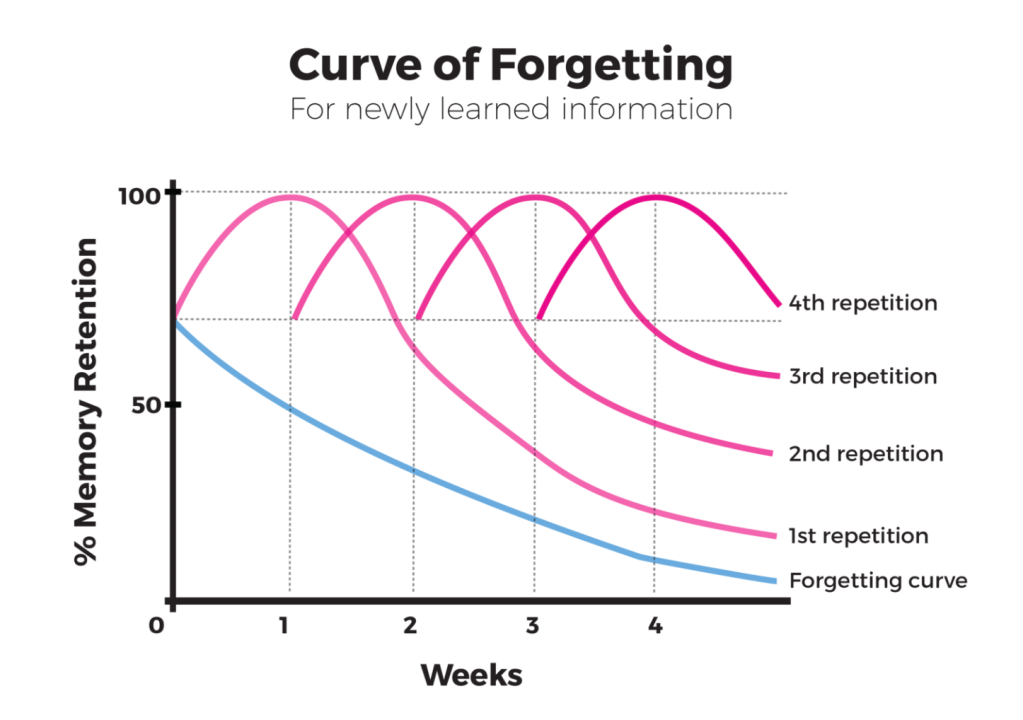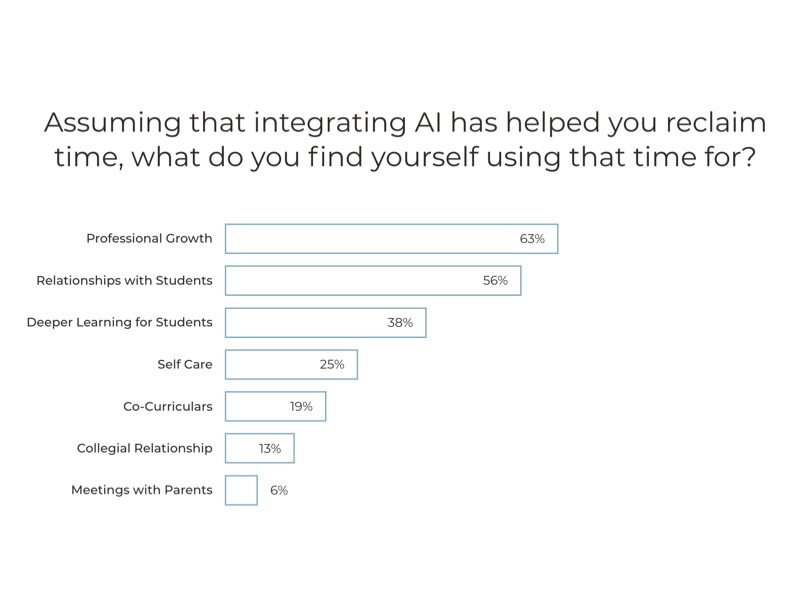Although not doctors, teachers follow the oath to “first do no harm,” which is easy on the face of it but more difficult when what makes good or evidence-based practices changes. We’ve seen this most recently in reading. The Lucy Calkins Units of Study based in balanced literacy has been roundly dismissed as ineffective and teachers across the U.S and around the world (at international schools at least) are updating their curriculums to evidence-based approaches, often referred to as “The Science of Reading.”

Teachers and schools who adopted Units of Study did so because they wanted to help children become lifelong readers who read for pleasure. The movement brought us away from textbooks and the idea of everyone reading the same thing at the same time toward an appreciation of learner voice and choice in what they wanted to read about, which is absolutely a good thing. It seemed that we were trying to correct the harm of a cookie-cutter curriculum that assumed that all children were the same and would have the same interest and success at reading, even if the reading material had little to do with the child’s context, culture, or interests. What we can see now is that in adopting this approach, because time is always the currency at schools, something had to give. What gave was time dedicated to the building blocks of literacy in phonics. This approach, we now know, has been particularly harmful for English Language Learners. In trying to rectify one harm, another was created.
As a language teacher, I struggled with how to balance what I believed was supporting students as independent learners and creating a classroom community. I loved teaching vocabulary through Greek and Latin roots to the whole group. Students played with making words with the roots; they wrote sentences using the words as different parts of speech; I gave extra credit for finding these words in their independent reading books and explaining what they meant in context (I did away with extra credit once I learned more about equitable grading practices – don’t worry); and we culminated the vocabulary unit with a raucous game of Taboo. The number of Taboo cards grew through the year as we learned more vocabulary, so students had chances to revisit words over and over. To give more time to independent reading, I had to take something out. Learning a specific set of vocabulary words that some students might have already known and were beyond the zone of proximal development for others seemed like the right move, and it went along with the workshop model. I missed that individual and community experience, but if there isn’t evidence to back it up, then I couldn’t justify it…until, of course, the Science of Reading showed that explicit vocabulary instruction is, in fact, important for language development.
This makes me want to revisit this old approach, but combine it with machine learning to get the best of both worlds. AI can offer adaptive learning platforms where vocabulary instruction is tailored to individual student levels, ensuring relevance and engagement. Imagine an AI tool that dynamically generates vocabulary exercises based on each student’s reading choices and proficiency, reviving the essence of interactive learning akin to our Taboo game days.
Using AI in planning can also help us to curate our practices to be evidence-based as we evolve from one educational paradigm to another. Using AI to create a more personalized, inclusive, and adaptive learning environment can help us to honor our commitment to ‘do no harm,’ and go further in ensuring our teaching methods are not only rooted in evidence but also enriched with the innovations of our time and are playful.






















Leave a comment